Understanding the various stages of player journey is a fundamental strategy for anyone in the mobile gaming industry. Whether you’re an indie developer or part of a large studio, a solid grasp of this funnel can make or break your game’s success.
In this article, we’ll explore each crucial stage, from player acquisition to that pivotal first purchase, and offer insights on how to optimize each step for both player satisfaction and ROI.
Stage 1: Player Acquisition
So, you’ve built a game and you’re ready for the world to see it. But how do you ensure that the world actually takes notice? The first step in the player journey is player acquisition, and it sets the tone for everything that follows.
Importance of Targeted Marketing
Before you spend a single dollar on advertising, it’s crucial to know who you’re targeting. Are you looking for casual gamers or hardcore gamers? Understanding your audience’s demographics, interests, behavior, and gaming preferences can guide your marketing strategies effectively.
Utilize data analytics tools to pinpoint your audience and craft your messaging accordingly.
Acquisition Channels: Paid and Organic
There are essentially two main avenues to acquire players: paid and organic channels.
Paid user acquisition includes ads on social media, ad networks, and influencer partnerships.
You pay, and traffic flows in.
Sounds simple, but it requires constant tuning and budget adjustment to maintain cost-effective results.
On the other hand, organic channels are your word-of-mouth, social media posts, app store optimization, and other unpaid methods. These channels often yield players who are more invested in your game, precisely because they found you, not the other way around.
A balanced approach using both paid and organic will get you the best results. In an ideal scenario, your paid campaigns draw attention, while your organic reach builds a community of devoted players. Each complements the other, creating a strong foundation.
Consider Working with a UA Agency
If you’re serious about growing your game, working with a user acquisition agency can save you time, money, and a lot of guesswork. Experienced agencies bring in the expertise, tools, and data insights needed to scale campaigns efficiently, especially in a competitive market.
At Udonis, we specialize in user acquisition for mobile games, helping studios find the right players and grow sustainably. Whether you’re aiming for global reach or testing your first campaigns, we’ve helped both indie studios and top publishers hit their goals with a smart, performance-driven approach.

Stage 2: Onboarding and FTUE
You’ve successfully acquired players. Congrats! Now it’s time to make sure they stick around, and that begins with onboarding and the first-time user experience or FTUE.
Hook Moments
The first few minutes in your game can be the most pivotal. This is where hook moments come into play.
A hook moment is an event or reward that captures a player’s attention and, most importantly, their interest.
Think about the first time a player accomplishes something significant in your game, like clearing an introductory level or earning their first reward. These moments should be designed to give players a sense of achievement and a taste of what’s to come.
Intuitive Interface and Tutorial Guidance
Let’s face it: no one likes to read a manual, digital or otherwise. Your game’s interface should be intuitive enough that players can dive right in. If some elements do need explaining, a brief, interactive tutorial often does the trick.
Keep it engaging, short, and skippable for those who just want to get straight to the action. Your aim is to lower the barrier to entry and make the player feel comfortable and capable within your game’s environment.
This is also an excellent time to set expectations for what the gameplay will involve. Whether it’s through a tutorial, an introductory mission, or a simple walkthrough, you’re not just teaching mechanics; you’re establishing the framework of the player journey ahead.
Nail this, and you won’t just have users; you’ll have engaged players keen to see what comes next.
Stage 3: Initial Engagement
Once players are past the onboarding phase, the challenge becomes maintaining and deepening that initial spark of interest.
Initial engagement is all about ensuring players remain active and committed during their early experiences with your game.
Gameplay Mechanics That Spark Interest
Your game’s core mechanics should be compelling enough to keep players engaged. This involves striking a balance between challenge and reward.
The gameplay shouldn’t be so easy that players get bored, but not so hard that they become frustrated. It’s a fine line, and understanding your audience’s preferences is essential in nailing this balance.

Daily Missions and Early-Level Rewards
One of the tried-and-true ways to ensure players come back day after day is through daily missions and early-level rewards. By providing daily challenges or quests, you give players tangible goals to strive for.
And when they achieve these goals? Reward them.
These rewards can be anything from in-game currency to unique items that enhance gameplay.
Progression Systems
A sense of progress is integral to human psychology. We love feeling that we’re moving forward, achieving, and growing. In the realm of mobile games, progression systems are a powerful tool to tap into this desire.
By progression systems, I’m talking about things like leveling up mechanics, skill trees, or even narrative progress.
As players invest time and effort, they should see their in-game avatars or environments evolve and grow. Whether it’s a character acquiring new abilities, a base or kingdom expanding, or even a storyline unfolding – progression creates a dynamic environment that resonates with players.
Moreover, progression systems can serve as a roadmap for players.
They can visualize their journey, see where they’ve been, where they are, and where they’re headed. For you, it’s an opportunity to highlight milestones and offer rewards, ensuring players always have something to look forward to.

Stage 4: Monetization – First Purchase
Alright, your players are invested in the game. They’ve been engaging consistently and seem to enjoy the world you’ve created. It’s time to turn that involvement into revenue without disrupting the player journey.
Easier said than done, right? Let’s talk strategy.
Natural Integration of In-App Purchases and Ads
Players are savvy.
They can sniff out a cash grab from a mile away, and nothing can kill engagement faster than overly aggressive monetization. Your first aim should be to integrate in-app purchases (IAPs) and ads in a way that feels natural and unobtrusive.
In-app purchases can range from cosmetic items like skins and outfits to functional items like power-ups or exclusive weapons. The key is to offer items that enhance the experience but aren’t necessary for progression. Players should feel like they’re buying a luxury, not a necessity.
Ads can also generate revenue, but they should be implemented thoughtfully. Reward-based ads, for example, are generally well-received. Offering players the option to watch an ad in exchange for in-game currency or a temporary boost can make the ad experience feel like a choice, not an imposition.
Incentives that Drive the First Purchase
The first purchase is a significant milestone in any player’s journey, often serving as the gateway to future spending. To encourage this, consider offering special one-time deals or “starter packs” that offer good value.
Flash sales and limited-time offers can also generate a sense of urgency, pushing players to make that first commitment.
It’s all about creating an environment where spending money feels like a natural extension of the gameplay, not a departure from it. This is the stage where the player transitions from being merely a user to a customer, and it’s crucial that this transition feels as seamless as every other aspect of your game.
Stage 5: Ongoing Engagement
So, your players are past the honeymoon phase. They’ve navigated through the initial levels, figured out the mechanics, even made their first purchase, and are now looking for more.
Ongoing engagement is where you deliver that “more”, and continually provide fresh and captivating content to sustain interest and deepen player commitment.

Techniques to Maintain Player Involvement
In this stage, periodic updates are your best friend. Whether it’s new levels, characters, or gameplay mechanics, players need something to look forward to. Moreover, time-limited events can offer an extra layer of excitement.
Think about holiday-themed events, weekend challenges, or collaboration with other franchises. These special events not only make the player feel like they’re part of something bigger but also introduce a sense of urgency that encourages more frequent play.
Also, events are a great way to monetize players and offer event-themed offers and bundles.
Seasonal Events, Updates, and Community Features
Alongside game updates, consider growing a vibrant community around your game. Forum discussions, fan artwork competitions, and community polls about upcoming features can make players feel involved in the game’s development.
There’s a sense of ownership and connection that develops when players are engaged beyond just the gameplay.
Building a robust social component—like clans, guilds, or friends lists—can also foster ongoing engagement. Multiplayer modes, co-op challenges, and in-game chat features can turn solitary players into community members. And as any seasoned gamer will tell you, the social bonds formed in-game are often what keep players coming back.
Content Roadmap
Your players are more likely to stick around if they know great things are on the horizon.
A public content roadmap can be an excellent way to signal that you have long-term plans for the game. It sets expectations, fosters anticipation, and gives players reasons to stay invested in their journey.
This also relates to monetization. For example, you might announce exclusive characters that will be available for purchase in the following month. Games like Genshin Impact have nailed this approach and generated significant buzz for each new update.
Stage 6: Long-Term Player Retention
You’ve acquired players, engaged them, and even monetized them successfully. But how do you keep them playing for weeks, months, or even years? Enter player retention, an often overlooked but critical phase in the player journey.
Use of Analytics for Player Understanding
You can’t improve what you don’t measure. Utilize analytics tools to monitor player behavior.
Is there a level where most players drop off? Are certain in-app purchases more popular than others? This data doesn’t just give you numbers; it tells you stories about what your players enjoy and what might be pushing them away.
Loyalty Programs and Player Feedback Loops
Reward your long-term players with loyalty programs that offer exclusive bonuses, content, or features. This not only adds an additional layer of progression but also makes your most dedicated players feel recognized and valued.
Similarly, keep the lines of communication open. Use surveys, in-game feedback forms, or even social media to understand what your community likes and dislikes. Responding to feedback not only improves your game but also builds trust and rapport.

Behavioral Triggers
Behavioral triggers like notifications can serve as helpful nudges and bring players back into the game. However, these should be used judiciously. Nobody likes spam, and overdoing it can have the opposite of the intended effect.
Remember that retention is not about trapping players; it’s about offering a continually enjoyable experience.
Whether it’s through new content, community involvement, or individual rewards, the aim is to keep players engaged for the long haul.
And each of these tools – analytics, loyalty programs, and communication strategies – serves as a cornerstone in maintaining that delicate balance of long-term engagement.
Stage 7: Re-Engagement and Win-Back Strategies
Even the best games experience player churn, where users leave the game for various reasons.
It might be that they’ve found a new game, or maybe life circumstances pulled them away. Regardless, re-engaging these lapsed players is the final, crucial stage in the player journey.
Targeted Offers and Comeback Campaigns
Players who have left the game are not lost causes.
Quite the opposite, they can often be the easiest to re-engage because they’re already familiar with your game. Consider targeted “We Miss You” campaigns that offer unique incentives for returning. Whether it’s exclusive content or substantial bonuses, the key is to make them feel they have a compelling reason to return.

Update Announcements
Never underestimate the power of FOMO. Regularly announce new updates, special events, or content additions through various channels like social media posts, email newsletters, or in-game notifications. For example, Genshin Impact has regular updates and new character banners, which are perfect for bringing back lapsed players.
Even players who have taken a break from playing will be curious about what’s new, and the promise of fresh content can be the nudge they need to jump back in.
Customized Re-Engagement Paths
Not all players are the same; what entices one might not interest another. Utilize the data you’ve gathered on player behavior to create customized re-engagement paths.
If a player primarily enjoyed PvP content, an announcement about new multiplayer challenges could be the trigger that brings them back.
Remember, a churned player already knows your game, and reigniting their interest often requires less effort (and less money) than acquiring a new player.
How All These Stages of Player Journey Come Together
Let’s take a step back and look at the big picture. We’ve broken down the player journey into distinct stages, each with its own set of challenges and strategies.
However, the magic really happens when these stages blend seamlessly into one another, creating an enriching experience for your players.
The Role of Seamless Transition
In any well-designed game, players shouldn’t even notice they’re transitioning from one stage to another. From the moment they download your game to the point where they’re deeply engaged, every stage should naturally lead to the next.
The initial acquisition hooks them, the onboarding welcomes them, initial engagement keeps them interested, monetization turns them into customers, retention keeps them, and re-engagement brings them back if they leave.
Iterative Feedback
Each stage provides valuable insights that can be used to refine the other stages.
Analytics from the retention stage, for example, could offer valuable insights for tweaking your onboarding process. Likewise, understanding why players churn can offer clues on how to improve ongoing engagement or re-engagement strategies.
In this way, every stage of the player journey is dependent on each other – it continually informs and improves the rest.
Final Thoughts on Player Journey
Building a successful mobile game is no small feat, but framing it through the lens of a player journey simplifies the challenge. Each stage isn’t just a standalone part but a part in a larger machine.
Your endgame isn’t merely player acquisition or monetization; it’s building a complete player journey. It’s about creating an experience so engaging, players don’t want to leave.
I’d love to hear your thoughts on how you’ve managed to make the player journey work for your game. Feel free to drop a comment below.
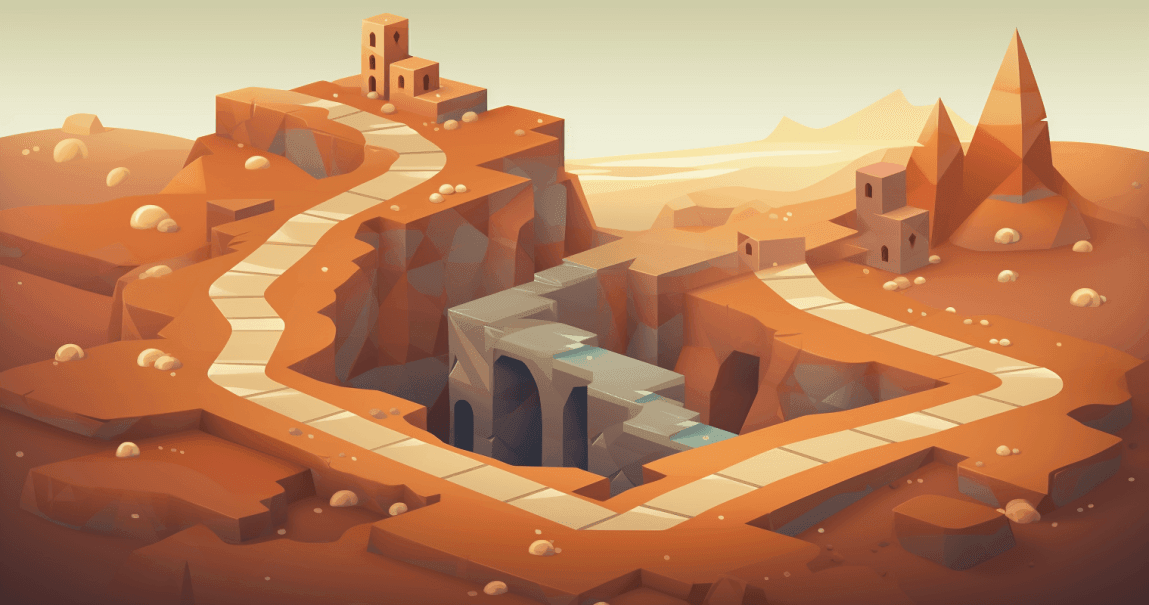


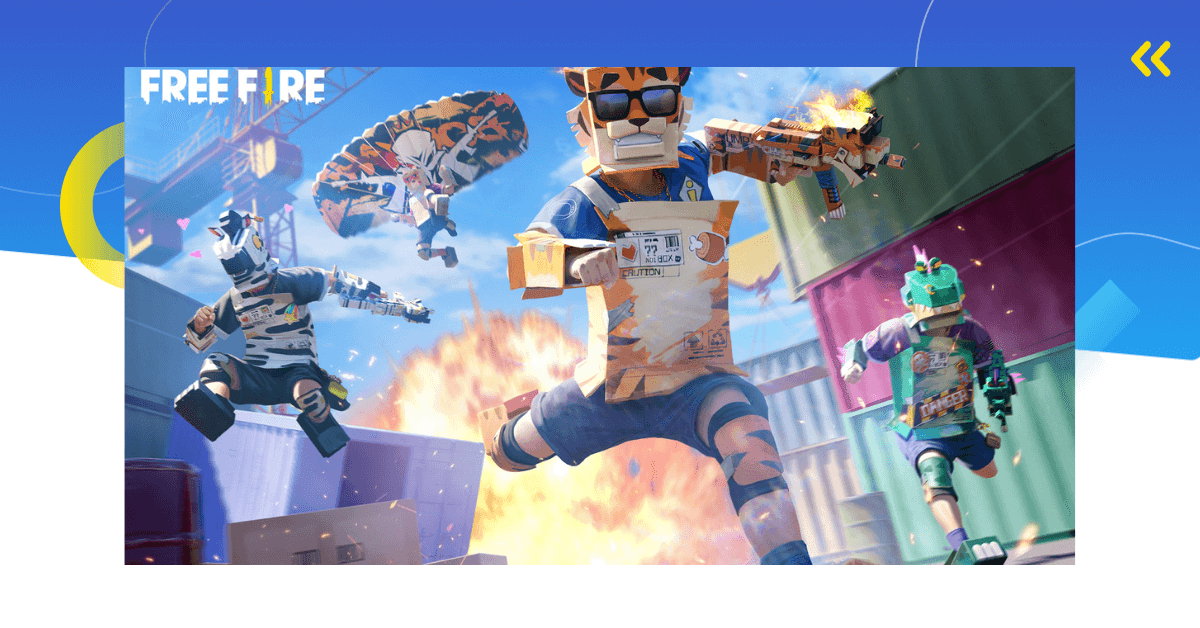
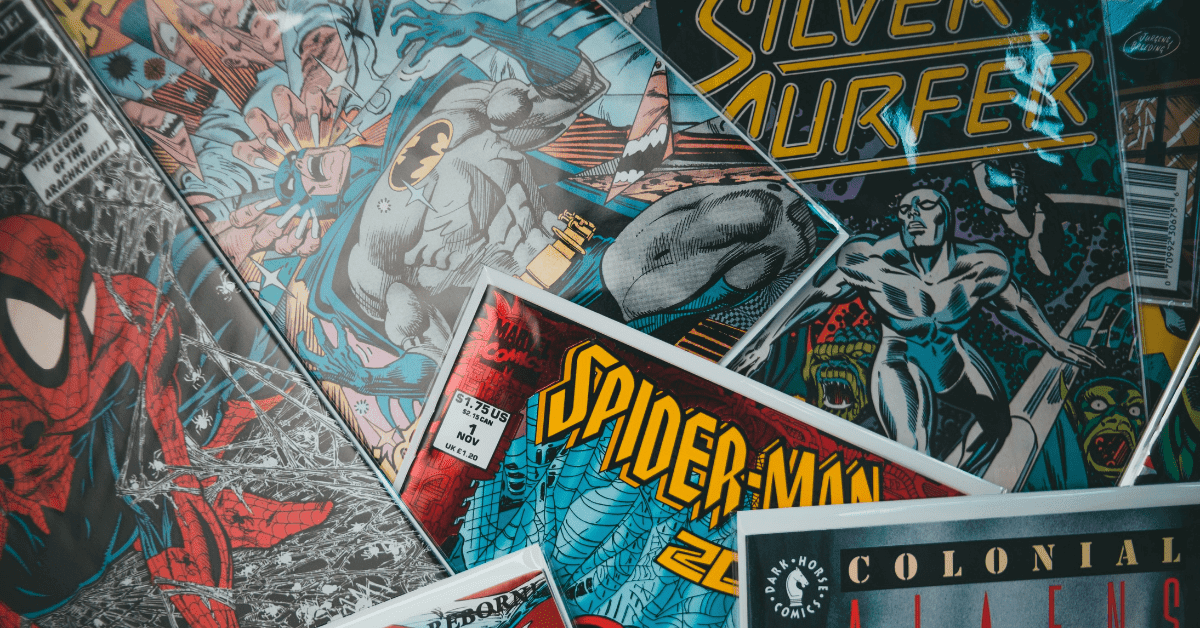
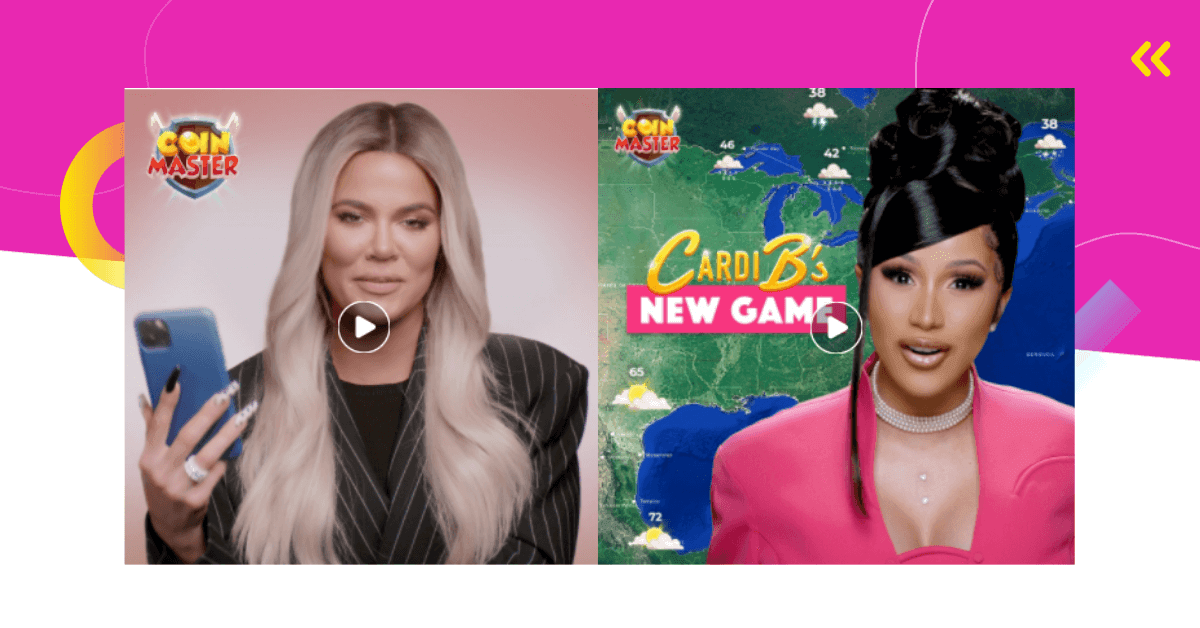
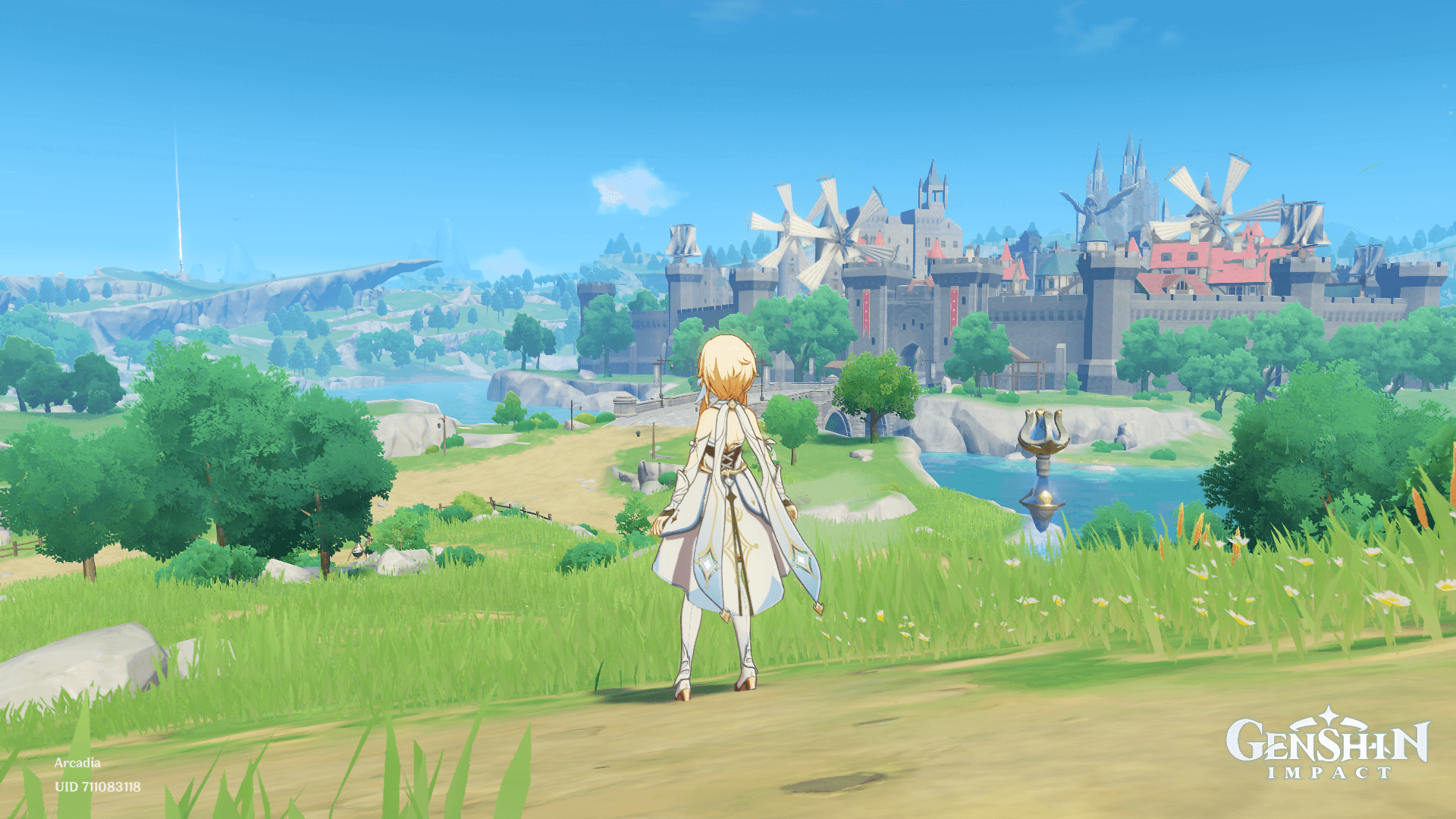
Comments